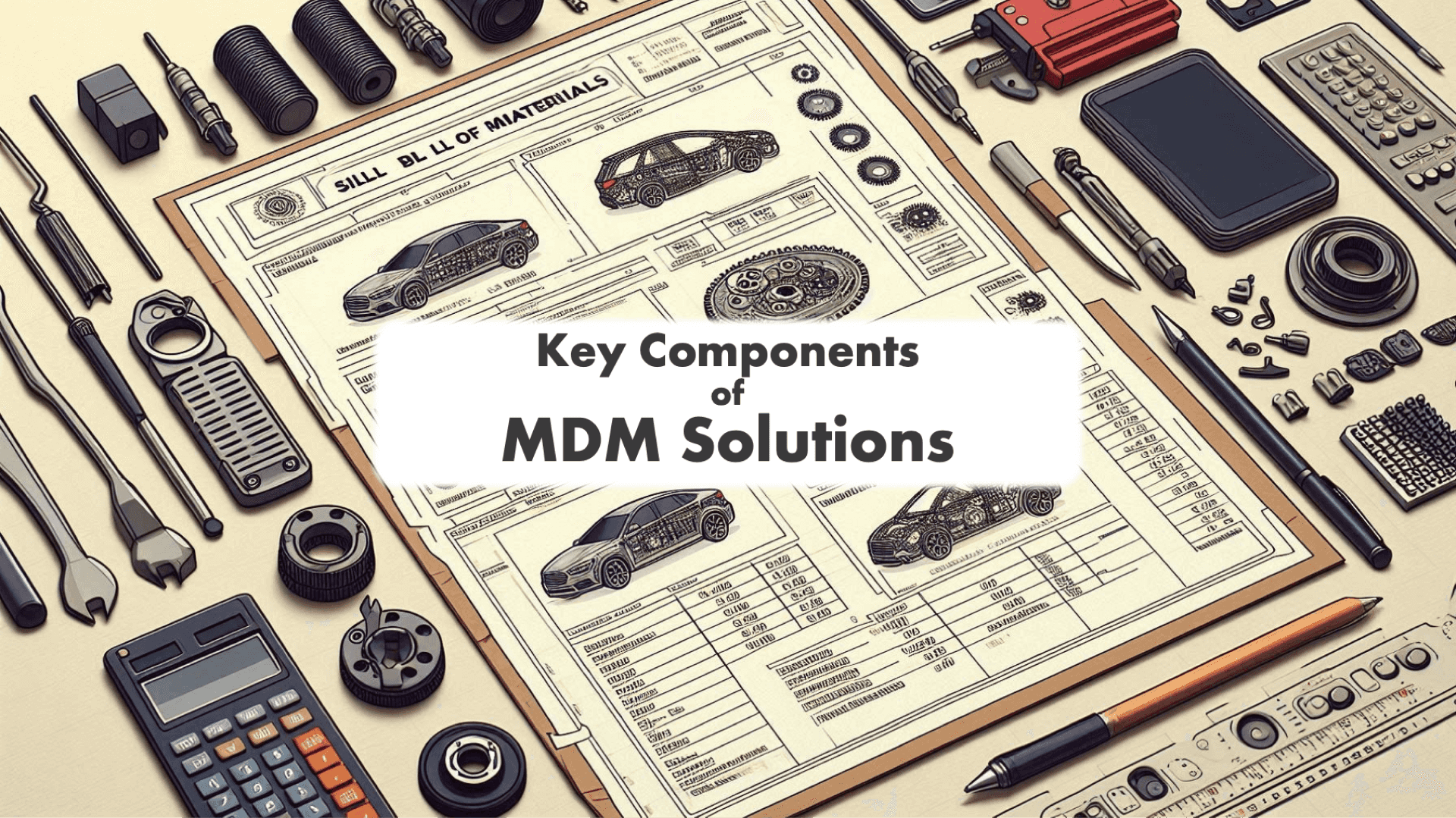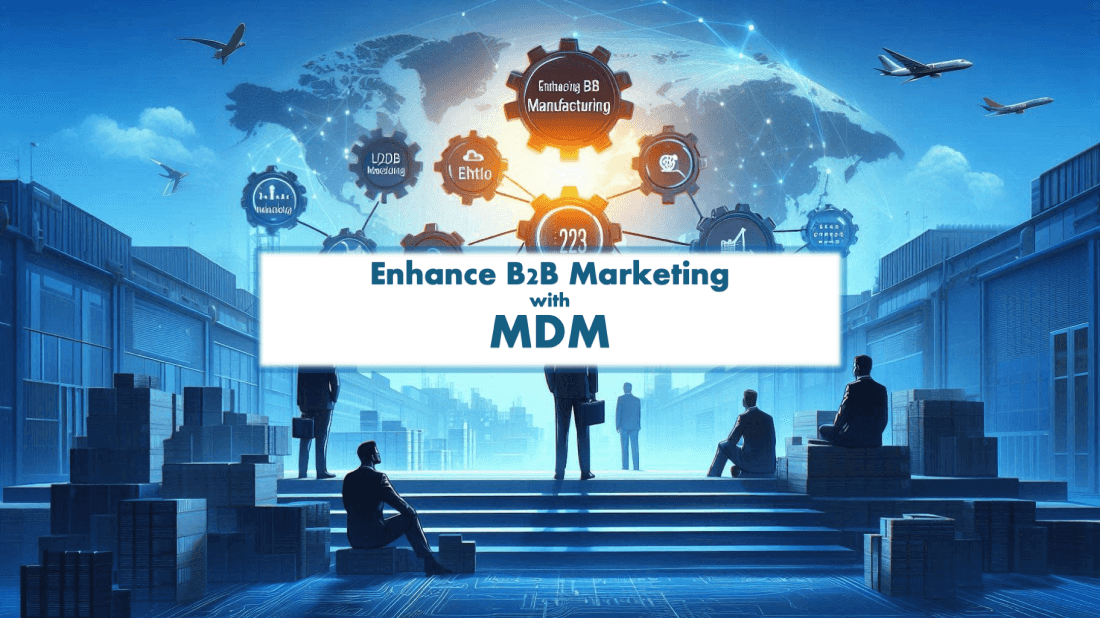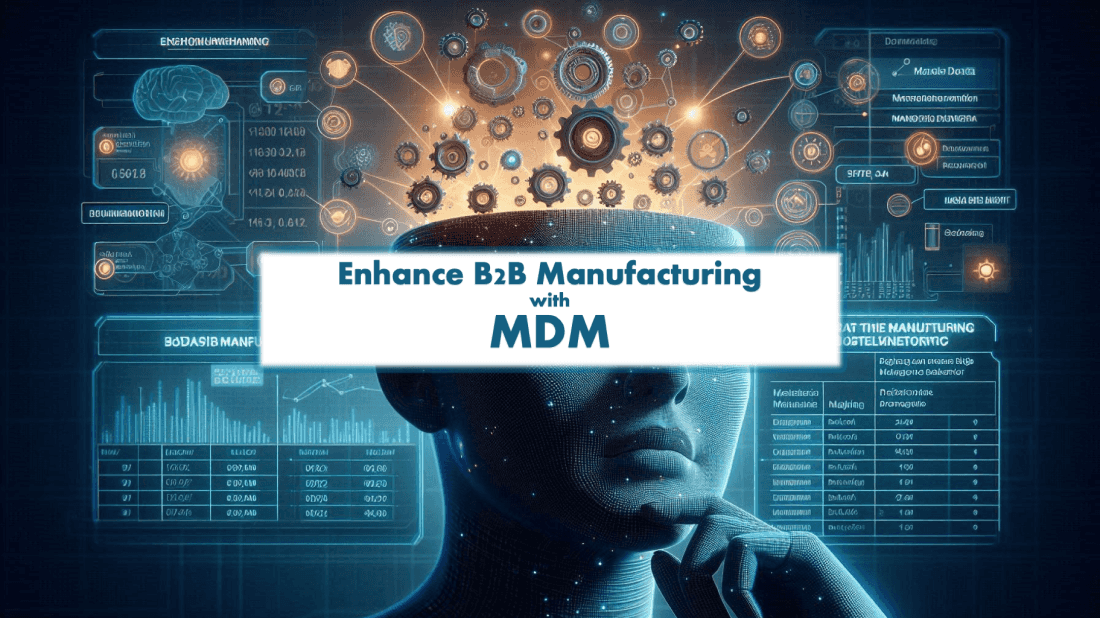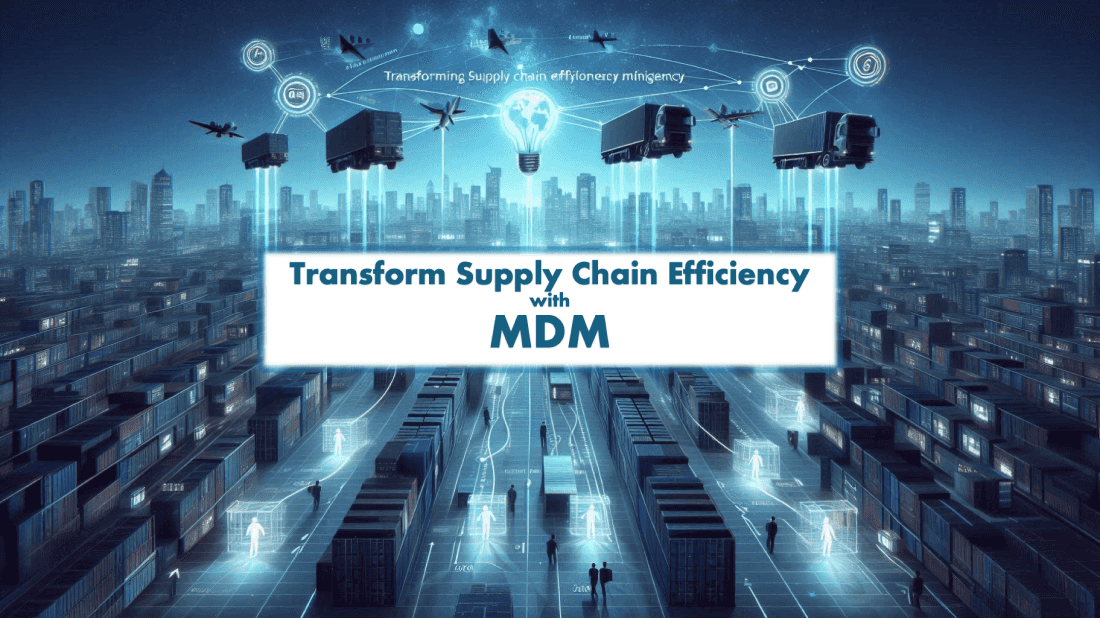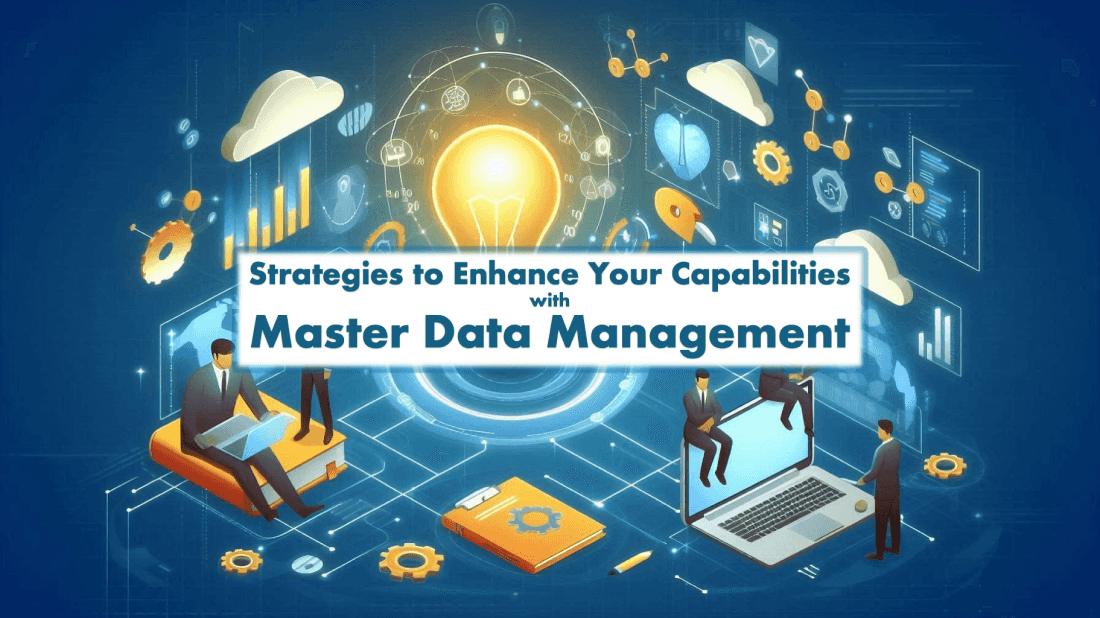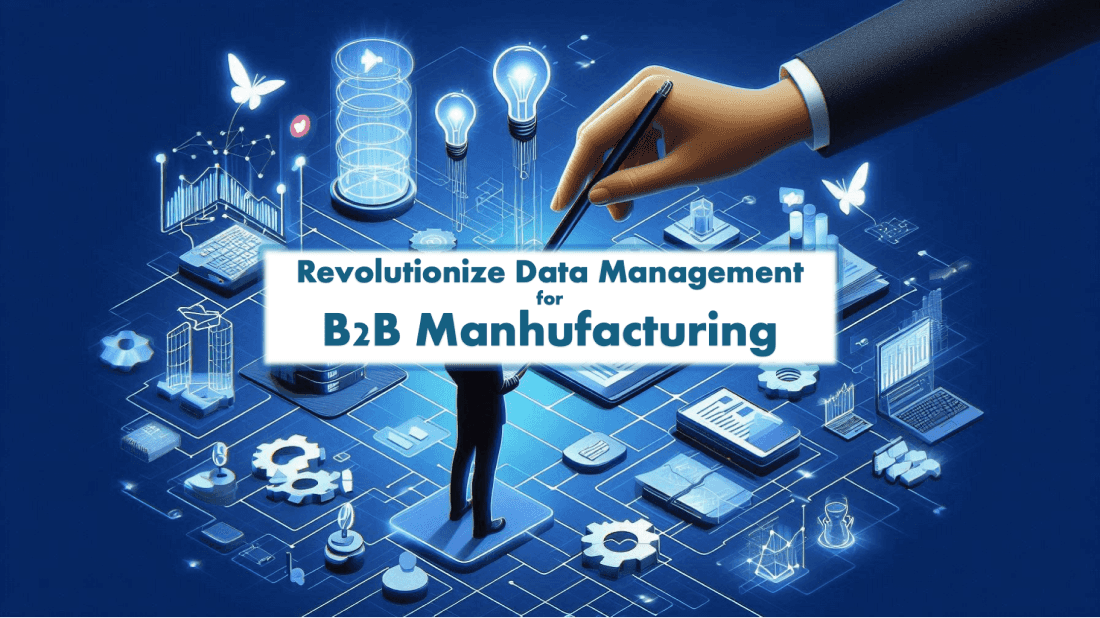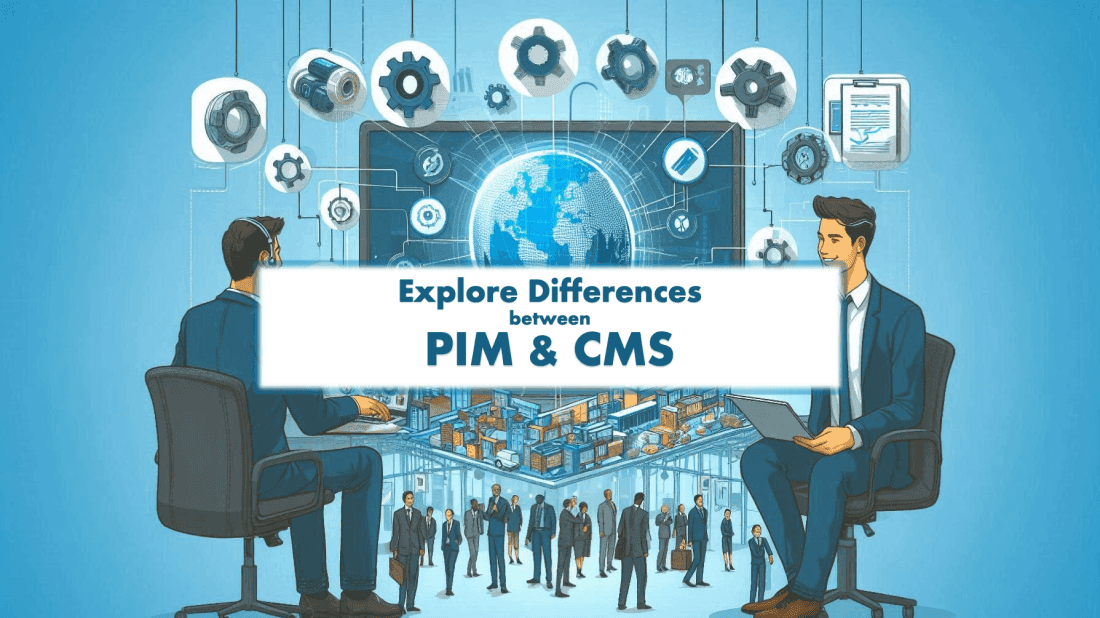Feb 14th, 2024
Manufacturing businesses, regardless of size, rely on digital assets like CAD files, product images, and technical documentation to streamline design, production, and distribution processes.
Research on digital asset strategies has indicated increased productivity, efficiency, and ROIs for organizations. A recent PwC article reported up to 25% increased productivity for manufacturers with effective digital asset management.
Digital assets also improve collaborative efforts within internal teams and with external partners for the enterprise. The benefits of good collaboration range from additional business to reduced cost of marketing. Simultaneously, research from McKinsey suggests that digital assets ultimately improve time to market and offer another competitive edge to OEMs.
Further, digital assets also hint at the digital maturity of the enterprise. The pandemic season is the most recent event that highlighted the importance of digital maturity for conventional businesses.
Digital assets are the inventory in the digital maturity journey for the OEMs. Real digital maturity is about the capability or skill for digital asset management (DAM).
Here are 10 effective digital asset management strategies every OEM business should follow:
1. Centralized Master Data
A centralized digital asset management system stores all assets in one location, ensuring a single source of truth for the organization. Centralized storage promotes the reuse of the latest approved designs and information in the OEM workflow and production.
The primary benefits of centralized Master Data for OEMs are:
- Leaner workflows with zero redundant versions of the same data
- More efficient resource allocation
- Faster approvals with reduced data errors
- Centralized master data provides the foundation for advanced DAM strategies
- Increase trust in the brand with brand asset consistency
Thus, centralized digital assets provide the floor for streamlining digital asset processes. You can further implement strategies and policies for data storage, validation, and retrieval of the master data. In short, centralized data prepares the pitch for productivity in digital asset management.
2. Metadata Tagging
Metadata tagging allows you to categorize and label digital assets, making them searchable and easily retrievable. DAM systems like Neurologik’s ProductHub allow you to create rich metadata tags for your digital assets. Rich metadata tags offer several benefits:
- Improved Searchability: Tagging assets with descriptive metadata enables efficient searching. Users can quickly locate specific assets based on keywords, categories, or other criteria.
- Enhanced Organization: Metadata allows assets to be grouped logically. For instance, tagging product images by category (e.g., “footwear,” “apparel”) simplifies content management.
- Controlled Access and Permissions: Metadata helps define access rights. By tagging assets with permissions (e.g., public, internal, confidential), organizations maintain security.
- Workflow Automation: Automated processes rely on metadata. For instance, assets tagged as “approved” can trigger automatic publishing or distribution.
- Analytics and Insights: Metadata-driven analytics reveal usage patterns, popular assets, and performance metrics.
- Digital Rights Management: Metadata tracks licensing, copyright, and usage restrictions, ensuring compliance Rich metadata tagging brings a high level of productivity in digital asset management. Your teams save up to 90% of the time with new product configurations, data sharing, and cataloging. Also, tagging is a way of preparing your product data and digital assets for the next stage of DAM.
3. Version Control
Version control is a critical file organization strategy that significantly enhances asset management and collaboration. Implement version control mechanisms to track changes and revisions made to digital assets, ensuring accuracy and consistency.
Version control supports organizational digital asset efficiency. This DAM strategy consolidates all versions of a digital asset. Version control will keep track of the changes in different file types such as images, videos, PSD files, or 3D graphics.
Thus, your internal and external teams will always work with the latest marketing materials and media files. Improved brand consistency and marketing campaigns can increase revenues by up to 23% (Lucidpress/Marq).
4. Digital Rights Management
Access control or digital rights management protocols are critical to safeguard OEMs' sensitive assets and prevent unauthorized usage. Access control also ensures a highly efficient partner engagement where you can eliminate duplicate information and confusion.
DAM platforms like ProductHub offer almost real-time data sharing with internal and external teams. Your marketing teams and channel partners can work with streamlined workflows using the latest marketable data.
Cost efficiency is another benefit of digital rights (DRM) in asset management tools as you limit access to subscription assets. Overall, DRM gives you superior control over the digital assets.
5. Backup and Disaster Recovery
Disaster recovery options are a critical part of modern digital asset management tools. Robust backup and disaster recovery solutions to safeguard digital assets against data loss or corruption. Backups provide recovery points for data or systems that are lost due to various reasons (e.g., accidental deletion, hardware failure, cyberattacks).
You can use one of the many backup and disaster recovery strategies to secure your data:
- Schedule regular backups and store them on secured on-premise or cloud servers
- Maintain a secondary DAM environment to quickly failover to it when primary DAM fails,
- Use SaaS PIM and DAM solutions like NLK’s ProductHub
6. Collaborative Workflows
DAM workflows are a set of tasks that guide the different digital assets through their lifecycle. Digital asset management platforms allow you to create collaborative workflows. Collaborative workflows streamline the creation, review, and approval processes for digital assets and involve multiple team members.
Digital asset management software allowing real-time collaboration features is the best choice in today’s geology agnostic teams. The real-time collaboration feature allows multiple team members sitting in far-away locations to simultaneously work on the same digital assets.
Collaborative workflows also reduce your approval times and build high-efficiency project timelines, enhancing productivity.
7. Automate Workflows & Data Validation
Automating workflows and data validation for your digital assets saves time and reduces errors. You can automate recurring tasks like file conversion, resizing, and distribution to start with. However, more advanced automation such as metadata enrichment and tagging allows you to enrich your digital assets.
Data enrichment and creation with the help of advanced PIM solutions like ProductHub solves a critical and challenging task for OEMs. You can further use automatic tagging to allow faster processing for new assets and use file organizing strategies.
Ultimately, access automation allows faster approvals and expiration for digital assets through action-based events.
8. Integration with E-commerce Platforms
E-commerce activity is one of the ultimate benefits of a mature digital asset management solution. Manufacturing businesses can integrate their digital assets for e-commerce activities using an efficient DAM tool. This DAM strategy allows you to provide a seamless and consistent experience to your consumers.
You can ensure the display of the latest and high-quality product images and engaging content for your online catalog. Maintain a consistent experience throughout the consumer acquisition funnel, i.e. social media to website.
SaaS platforms like ProductHub offer DAM solutions with integrated PIM and CMS features for businesses of all sizes. Small business digital asset solutions with cloud-based systems like ProductHub offer them highly efficient e-commerce integration.
Thus, businesses of all sizes can get their digital assets to assist their ROI via an e-commerce-DAM integration.
9. Analytics and Reporting
DAM systems can collect data on asset usage, downloads, views, interactions metadata, user behavior, and content performance. Thus, you can define KPIs in all these areas to track performance such as conversion rate, asset popularity, and user engagement.
Integrating your DAM software with digital analysis tools like GA4, Adobe Analytics, Power BI, etc. allows you to visualize the data. You can create custom reports to analyze specific performance issues or campaign performance.
Finally, have a data-driven approach to your marketing and e-commerce strategies.
10. Scalability and Flexibility
Choose a digital asset management solution that is scalable and flexible to accommodate growth and evolving business needs. Cloud-based digital asset management solutions like ProductHub from Neurologik offer superb scalability and safety for OEMs.
The pay-as-you-go pricing model of SaaS DAM platforms offers cost-effectiveness. Thus, even the smaller firms can start their marketing and e-commerce action with a robust DAM system.
Finally, have a data-driven approach to your marketing and e-commerce strategies.
Why SaaS Digital Asset Management Platform?
With these digital asset management strategies, OEMs of any size can compete and serve the global markets. Advanced solutions like ProductHub integrate features of PIM, PDM, DAM, and other information management solutions to offer a complete data workflow.
The best part of using SaaS solutions like ProductHub is its ability to integrate with your existing ERP system and other SaaS enterprise resource platforms. Seamless integration ability allows you to start deriving the DAM and PIM benefits without technical expertise.
FAQs
- Lack of Governance and Standards: Organizations often lack consistent standards for storing, organizing, and tagging assets.
- Lack of Visibility and Control: Without proper visibility, data loss, duplicate content, and copyright infringement become risks.
- Integration Challenges: Keeping track of various platforms without integration can hinder efficient asset management.
- Research and Compare DAM Software
- Evaluate existing assets, structure, stakeholders, and workflows
- Update file names and organize assets systematically
- Create a logical structure for asset categorization
- Integrate DAM with existing workflows for seamless collaboration
- Control access and ensure security
